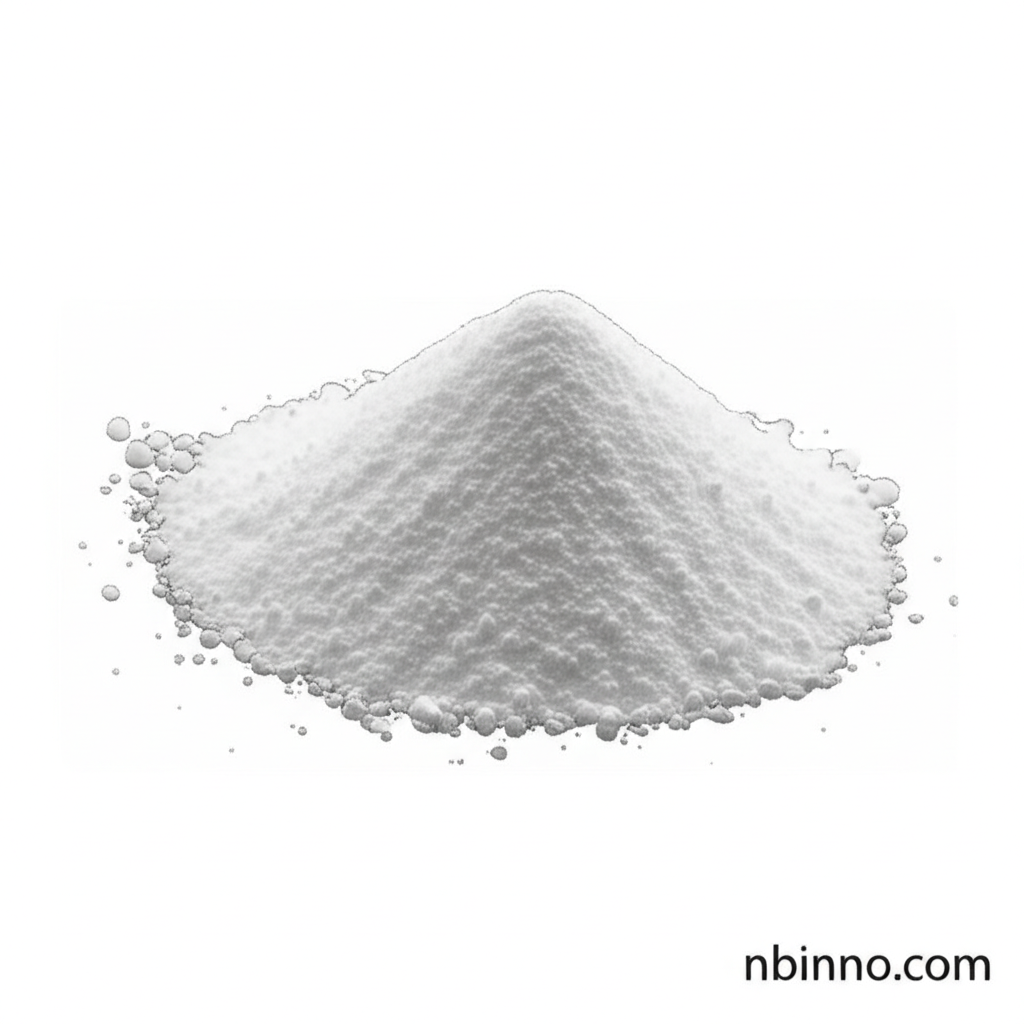t-Boc-N-amido-PEG8-acid: A Versatile Linker for Advanced Research
Discover the power of t-Boc-N-amido-PEG8-acid for your cutting-edge bioconjugation and drug delivery applications.
Get a Quote & SampleProduct Core Value

t-Boc-N-amido-PEG8-acid
t-Boc-N-amido-PEG8-acid is a critical component in modern chemical synthesis, particularly within the life sciences. Its unique structure, featuring a terminal carboxylic acid and a Boc-protected amino group linked by an eight-unit polyethylene glycol (PEG) spacer, makes it exceptionally useful for enhancing the solubility of complex molecules in aqueous media. This feature is vital for applications requiring efficient delivery and interaction in biological systems.
- This hydrophilic PEG spacer significantly improves the aqueous solubility of the resulting compound, crucial for many bioconjugation strategies.
- The terminal carboxylic acid readily reacts with primary amine groups, forming stable amide bonds through amide coupling reagents.
- The Boc group can be selectively deprotected under mild acidic conditions, liberating a free amine for further functionalization, a key aspect of PEGylation strategies in drug delivery.
- Its utility in PROTAC synthesis highlights its importance in developing targeted therapies, showcasing its role in PROTAC linker design.
Advantages Provided by the Product
Enhanced Solubility
The hydrophilic PEG spacer in t-Boc-N-amido-PEG8-acid is instrumental in boosting the solubility of biomolecules in aqueous environments, a key benefit for drug delivery systems development.
Versatile Reactivity
The presence of both a carboxylic acid and a deprotectable amine group allows for versatile conjugation, enabling precise control in chemical synthesis for life sciences.
Bioconjugation Efficiency
t-Boc-N-amido-PEG8-acid is a preferred choice for bioconjugation strategies due to its ability to form stable linkages and improve the pharmacokinetic properties of conjugates.
Key Applications
Bioconjugation
Facilitates the covalent linking of biomolecules, crucial for developing novel diagnostic and therapeutic agents, as part of advanced bioconjugation strategies.
Drug Delivery
Enhances the solubility and stability of drug conjugates, improving their pharmacokinetic profiles and efficacy in targeted delivery, a core aspect of drug delivery systems development.
PROTAC Synthesis
Serves as a key building block in the creation of Proteolysis Targeting Chimeras (PROTACs), contributing to the development of targeted protein degradation therapies, highlighting its role in PROTAC linker design.
Surface Modification
Enables the functionalization of surfaces with biomolecules, impacting areas like biosensing and biomaterial development, utilizing its capabilities in surface functionalization with PEGs.
